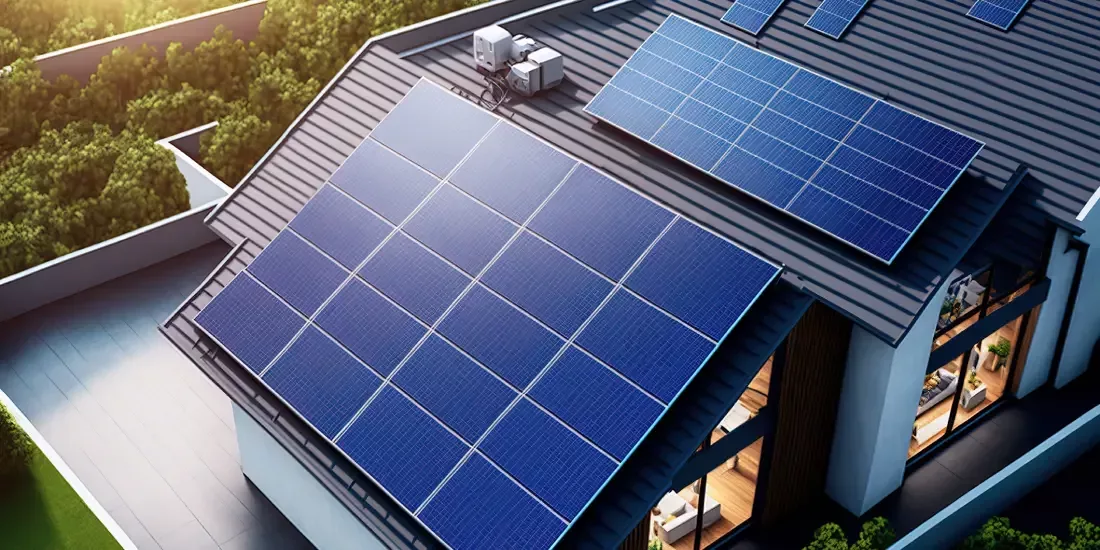Off-Grid Solar More Possible Thanks to Technological Advances

With the constant research and development that has been going into photovoltaic systems over the years, you can only expect innovation to produce more efficient results. Now, it looks like enough energy could be produced by a home solar array to make a household fully energy independent. Not only this, but most large projects could be powered by this renewable source in future.
German Research
The Karlsruhe Institute of Technology in Germany has released a new study that suggests more than 30 million homes across Europe could have all their energy needs met through the use of solar panels. That’s a staggering amount.
Researchers analysed 41 million detached homes in Europe and discovered that half of them could have been self-sufficient in 2020 through a combination of solar panels and solar batteries. The report concluded that by 2050, this number is expected to increase to 75%.
Should Homes Go Off-Grid?
Thanks to advances in solar technology, more homes will be able to completely remove their dependence on the grid in the next few decades. Even though completely removing a home from the national grid would reduce costs, on a macroeconomic level, it still makes sense to remain connected and feed surplus energy back. If all homes that could abandon the grid did so overnight, the scale of fossil fuel dependence would only increase.
German researchers discovered that even in 2050, becoming independent from the grid won’t be the economical choice. With more homes supporting the grid instead of abandoning it, the electrical system would be much more efficient. Even with battery systems being topped up, solar arrays would be able to produce plenty of electricity to export for others to use, especially in the summer months.
Solar Prices Have Fallen
Over the last 10 years alone, the price of solar panels has fallen by almost 90%. The Mercator Research Institute on Global Commons and Climate Change made this announcement in late September, also citing how other renewable systems are much cheaper. With more people being able to benefit from solar technology even more affordably than before, it’s no wonder that 75% of homes could be self-sufficient by 2050.
How much do solar panels cost this year?
Based on these falling costs, it’s not improbable to assume that the world’s entire energy usage would be covered by solar and renewable technology by 2050. If the world is transitioning towards neet zero, infrastructure should be in place over the coming decades to allow for this.
This assumption is backed by the University of Exeter’s and University College London’s research that solar has reached a tipping point for it to become the world’s main source of power within 30 years. Fundamentally, it has been stated that projects mainly powered by fossil fuels are no longer feasible. By 2050, solar panels should easily be powering most projects.
Start Your Solar Project
Interested to see just how far solar prices have dropped? Get a tailored quote from local suppliers by clicking on the button below.
